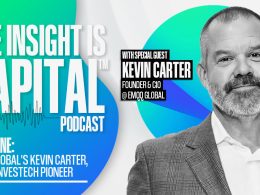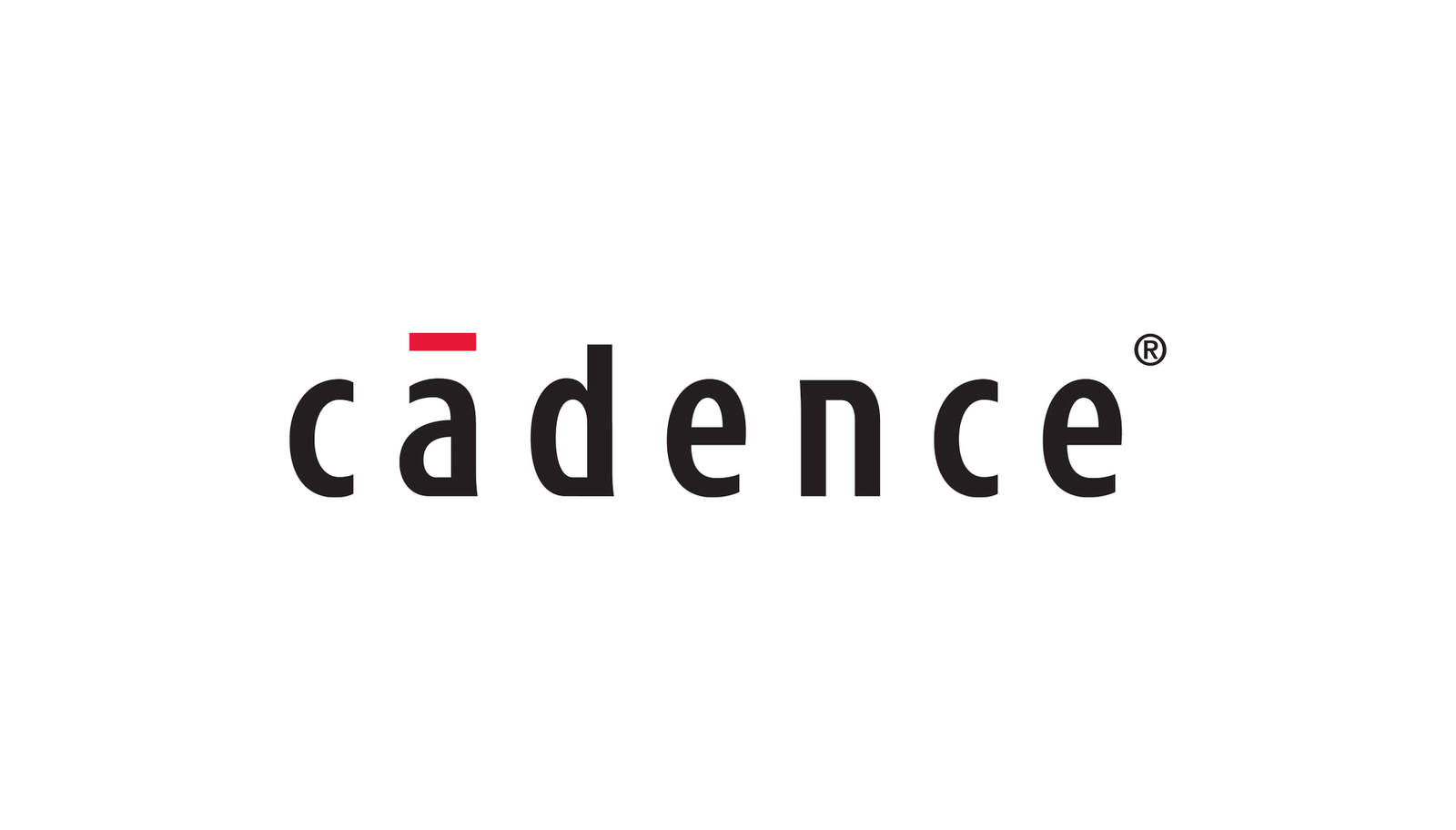by Collin Martin, CFA, Fixed Income Strategist, Schwab Center for Financial Research
Key Points
- Concerns that the spread of the coronavirus may negatively affect economic growth have pulled prices of riskier fixed income investments lower.
- We still see room for credit spreads to rise a little higher, meaning additional price declines are possible.
- For long-term investors, the entry points for some of these investments are getting more attractive, but we’d caution that it could get worse before it gets better.
The threat of the coronavirus has created a sharp divergence in the bond market. Treasury yields have fallen to new all-time lows, pushing their prices higher. Meanwhile, the prices of more aggressive bond investments—such as high-yield bonds—are down sharply, resulting in higher relative yields.
The higher relative yields may present an opportunity for long-term investors to take some additional risk in their bond portfolios down the road. However, despite the lower prices—and higher relative yields—we caution that there’s room for prices to fall further in the near term.
A rough couple of weeks
Risky fixed income investments have seen their prices decline over the past few weeks. From January 17, 2020 (around the time the coronavirus began making headlines) through February 28, 2020, aggressive fixed income investments have significantly underperformed their higher-quality counterparts like U.S. Treasuries and investment-grade corporate bonds.
Riskier fixed income investments posted losses in the six weeks through the end of February
Source: Bloomberg. Total returns from 1/17/2020 through 2/28/2020. Indexes represented are the Bloomberg Barclays U.S. Treasury Bond Index, Bloomberg Barclays U.S. Corporate Bond Index, Bloomberg Barclays U.S. Corporate High-Yield Bond Index, Bloomberg Barclays U.S. Floating-Rate Notes Index, ICE BofAML Fixed Rate Preferred Securities Index, and the S&P/LSTA Leveraged Loan 100 Total Return Index. Total returns assume reinvestment of interest and capital gains. Indexes are unmanaged, do not incur fees or expenses, and cannot be invested in directly. Past performance is no indication of future results.
This can serve as a good reminder that not all bonds are created equal, and that during periods of market volatility or stock market declines, risky investments can suffer large price declines.
When building a balanced portfolio, simply holding “bonds” might not provide the diversification benefits you’re looking for. Riskier investments like high-yield bonds, bank loans, and preferred securities tend to have positive correlations with the stock market, while high quality investments like U.S. Treasuries tend to have negative correlations with stocks.1 If stock prices are declining, it’s good to have investments that might move in the opposite direction to help serve as a buffer and offset some of the stock declines.
Below we’ll go over three parts of the fixed income market that have been hit hard since the threat of the coronavirus surfaced, and we’ll discuss what investors should know about each investment.
High-yield corporate bonds
We have had a cautious outlook on high-yield corporate bonds for a while, and we continue to suggest investors reduce exposure to high-yield bonds, instead focusing on higher-rated investments. Despite the recent move up in relative yields over the past few weeks, we continue to suggest investors maintain an underweight allocation to high-yield corporate bonds.
High-yield spreads surged at the end of February. A credit spread is the yield advantage that a corporate bond offers above a comparable Treasury, and is considered compensation for taking on the additional risks that non-Treasury securities offer.
After trending lower since last fall, the average option-adjusted spread of the Bloomberg Barclays U.S. Corporate High-Yield Bond Index surged at the end of February. Closing at 5% on February 28, 2020, the average OAS jumped by 141 basis points in just five trading days, its largest five-day rise since 2008, during the depths of the financial crisis.
High-yield spreads have surged
Source: Bloomberg, using weekly data as of 2/28/2020. Option-adjusted spreads (OAS) are quoted as a fixed spread, or differential, over U.S. Treasury issues. OAS is a method used in calculating the relative value of a fixed income security containing an embedded option, such as a borrower's option to prepay a loan.
Despite the rise, we are not suggesting investors remove underweight positions just yet, as we think prices can fall further if spreads increase.
The coronavirus clearly poses a risk to the market, but we had believed risks were already on the rise as we entered 2020. We are concerned about the large amount of corporate debt outstanding while corporate profit growth has been slow. The threat of the coronavirus poses an additional risk to corporate profits going forward.
While we’re still cautious, we can’t ignore the fact that relative yields have risen sharply. At 5%, the average OAS of the index is now above the 10-year average of 4.77% and is no longer near the post-crisis lows. But as the chart above illustrates, spreads rose as high as 5.4% at the end of 2018, and as high as 8.4% in 2016, so there’s certainly room for the rise to continue. Long-term investors may begin to find value in high-yield corporate bonds as their yields rise, but we still think there’s room for prices to fall a bit further.
Preferred securities
Preferred securities are beginning to look more attractive as well, but further price declines are possible.
Preferred securities are a type of hybrid investment, sharing characteristics of both stocks and bonds. Given those characteristics, they can be influenced by developments in both the stock market and the bond market. Since they have long maturity dates (or often no maturity dates), sometimes they follow the path of the long-term Treasury yields.
Lately, preferred securities have been moving more in line with stocks, however, as their prices have fallen sharply. After hitting a nearly 7-year high of $107.9 in mid-February, the average price of the ICE BofAML Fixed Rate Preferred Securities Index dropped sharply and closed the month at $103.4, right at its five-year average.
Preferred securities prices are no longer at multi-year highs
Source: Bloomberg, using weekly data as of 2/28/2020. Past performance is no guarantee of future results.
Like anything, the price at which you invest matters. With prices off their multi-year highs, they are beginning to look more attractive. But keep in mind that there is still plenty of downside in case the market outlook deteriorates—the average price of the index dropped as low as $94 in the fourth quarter of 2018.
Preferred securities should always be considered long-term investments. While the recent drop has made preferreds a bit more attractive today, we think there’s room for prices to fall more. Investors can still hold preferred securities because of the high income payments they offer, but make sure you have a long investing horizon and be prepared for elevated price volatility.
Bank loans
Bank loan prices have also fallen sharply. With an average price of $95.9, the S&P/LSTA Leveraged Loan Index is down nearly 3% from the mid-January 2020 highs. The sharp drop in price can serve as a reminder that bank loans are risky investments despite their “senior” and “secured” characteristics. Bank loans are “senior” in that they rank above traditional corporate bonds when a company prioritizes its payments, and are “secured” or collateralized by a pledge of the issuer’s assets.
Source: Bloomberg, using daily data as of 2/28/2020.
We see two key risks with bank loans today. First, covenant quality continues to deteriorate. A bond covenant is a set of terms, defined in the bond’s prospectus, which outlines what the issuer can or can’t do with regard to its business. Without strict covenants, companies can engage in riskier business practices, like taking on more debt or even selling profitable parts of the business (for a one-time gain), essentially removing a potentially stable provider of cash flows that can be used to repay its debts. Weak covenants could result in lower recovery values if issuers engage in riskier business activities. (The recovery value is the amount that a bondholder ultimately receives from holding a defaulted bond or loan.)
Second, bank loan coupon rates have begun to reset lower due last year’s Federal Reserve rate cuts, and they are likely to reset even lower after the Fed cut rates by 50 basis points on March 3, 2020. Despite that cut, the markets are still pricing in additional cuts later this year. Because bank loans have coupon rates that are based on short-term benchmarks, it’s likely that bank loan investors will see their income payments decline as the year goes on.
Despite the recent drop in bank loan prices, there’s still plenty of room for them to fall, as the chart above illustrates. We’d prefer to see prices fall lower before we suggest investors consider bank loans.
What to do now
Yields have risen for riskier fixed income investments like high-yield bonds, preferred securities, and bank loans. Investors with long investing time horizons and who have a higher tolerance for risk may begin to consider these types of investments—after all, the price at which you invest matters, and the prices for these types of investment have declined sharply.
We’d caution investors, however, that additional price declines are still possible. It’s difficult to gauge the economic impact of the coronavirus as details are still emerging, and during recent bouts of market volatility, risky fixed income investments saw their prices drop sharply below where they are now. The steep price declines so far this year should highlight the risks involved in these types of investments.
1 Correlation is a statistical measure of how two investments have historically moved in relation to each other, and ranges from -1 to +1. A correlation of 1 indicates a perfect positive correlation, while a correlation of -1 indicates a perfect negative correlation. A correlation of zero means the assets are not correlated.
Copyright © Schwab Center for Financial Research
















